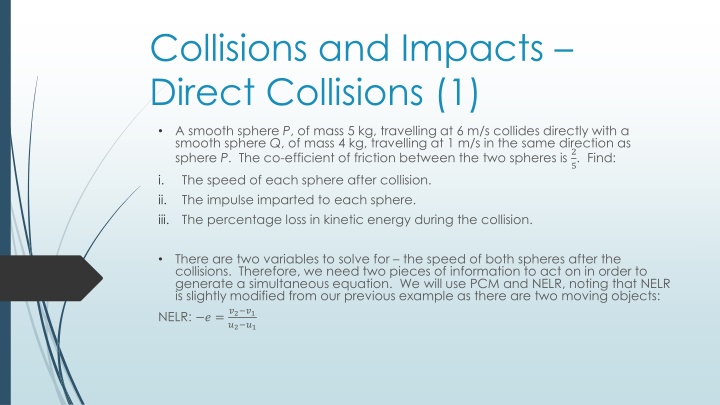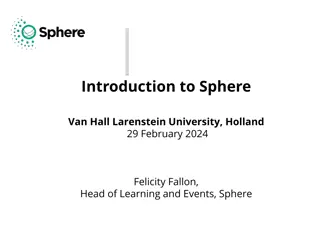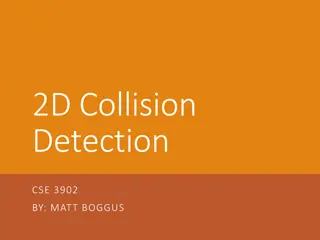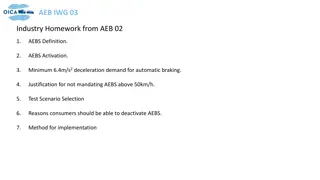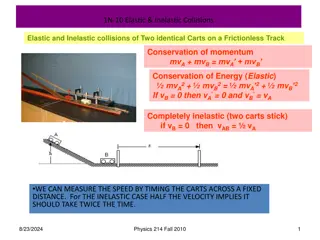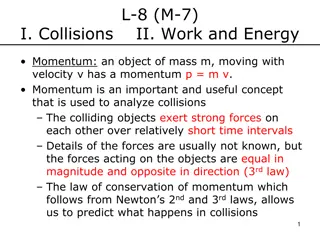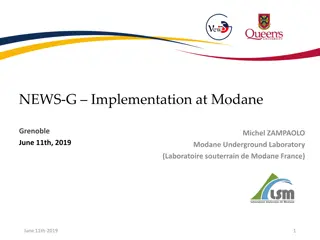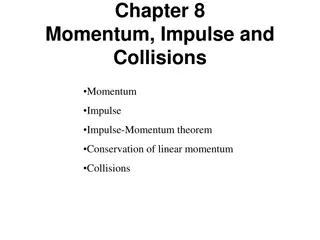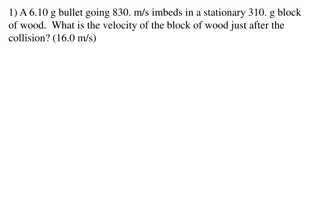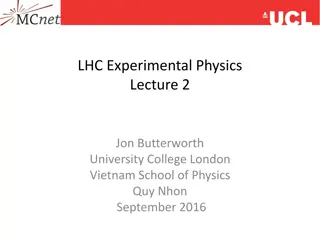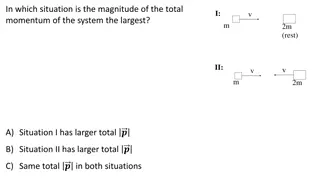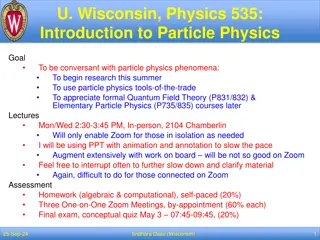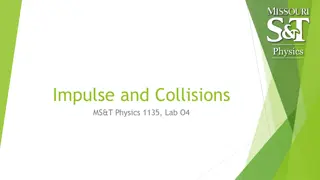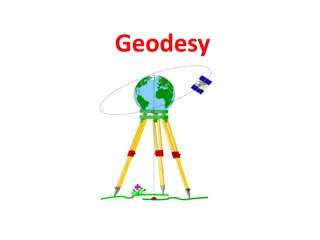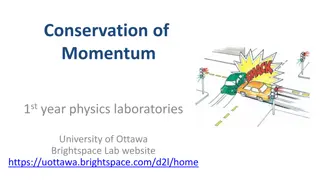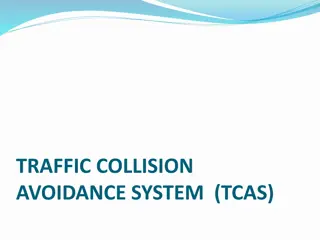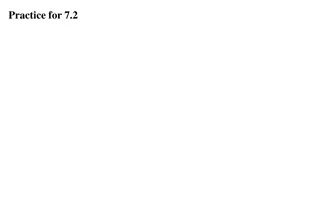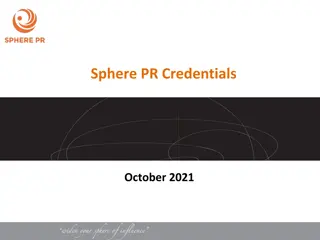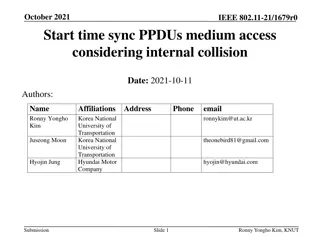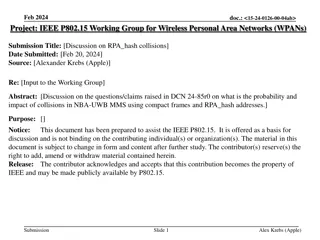Direct Collisions in Physics: Sphere Collision Analysis
Solving a collision problem involving two spheres (P and Q) based on given masses, velocities, and coefficient of friction. The analysis includes finding post-collision speeds, impulse imparted, and percentage loss in kinetic energy using principles of physics.
Download Presentation

Please find below an Image/Link to download the presentation.
The content on the website is provided AS IS for your information and personal use only. It may not be sold, licensed, or shared on other websites without obtaining consent from the author.If you encounter any issues during the download, it is possible that the publisher has removed the file from their server.
You are allowed to download the files provided on this website for personal or commercial use, subject to the condition that they are used lawfully. All files are the property of their respective owners.
The content on the website is provided AS IS for your information and personal use only. It may not be sold, licensed, or shared on other websites without obtaining consent from the author.
E N D
Presentation Transcript
Collisions and Impacts Direct Collisions (1) A smooth sphere P, of mass 5 kg, travelling at 6 m/s collides directly with a smooth sphere Q, of mass 4 kg, travelling at 1 m/s in the same direction as sphere P. The co-efficient of friction between the two spheres is 2 5. Find: i. ii. iii. The speed of each sphere after collision. The impulse imparted to each sphere. The percentage loss in kinetic energy during the collision. There are two variables to solve for the speed of both spheres after the collisions. Therefore, we need two pieces of information to act on in order to generate a simultaneous equation. We will use PCM and NELR, noting that NELR is slightly modified from our previous example as there are two moving objects: NELR: ? = ?2 ?1 ?2 ?1
We will assume the speed of sphere P after collision to be ? and that of Q to be ?. PCM: ?1?1+ ?2?2= ?1?1+ ?2?2 6 5 + 1 4 = 5 ? + 4(?) 34 = 5? + 4? ?2 ?1 ?2 ?1 NELR: ? = 2 5=? ? 2 1 6 5=? ? 5 2 = ? ? Solving these equations we get ? =26 9m/s and ? =44 9m/s.
Impulse: ? = ? ? ? 26 9 6 26 54 ??= 4(44 ??= 5 9 1) ??= 4(44 9 ??= 5 ) 9 9 28 9 ??= 4(35 ??= 5 9) ??= 140 kg m/s ??=140 9kg m/s 9 As the answers you are likely to get for ? and ? in these problems are unlikely to be integers, the impulse calculations can be reassuring you know the impulses are supposed to be the same but in opposite directions (denoted by the sign difference). This is a good way of checking your answer to the simultaneous equation.
Kinetic Energy: ?? =1 2??2 ??????= ???????? ??????? 2 2] 1 25 62+1 24 12 [1 81+3,872 26 9 +1 44 9 ??????= 25 24 ??????= 90 + 2 [1,690 81] ??????= 92 206 3 ??????=70 3 ?????? ???????? 100 % loss of kinetic energy = 1 70 3 92 100 % loss = 1 Loss = 25 36%, correct to two decimal places. It is important to recognise that these calculations are ones candidates should be able to get correct. However, without regular practise of them you might make some numerical mistakes so it is important to try as many as you can to ensure you make as few errors as is possible.
